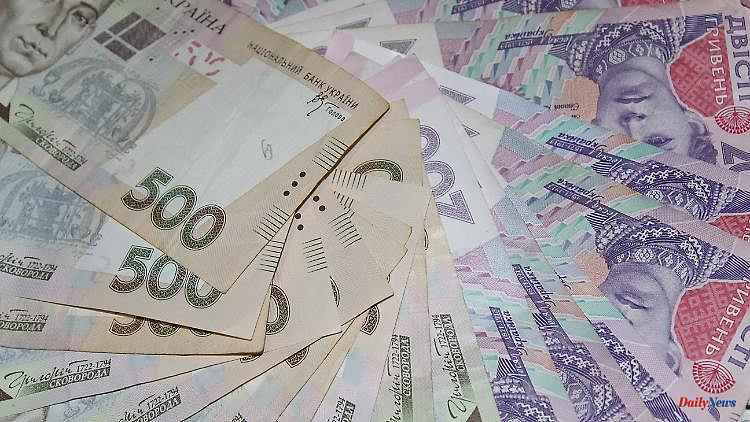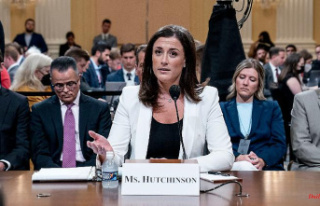With sanctions as a result of the Ukraine war of aggression, the West wanted to weaken the Russian economy and the national currency. But things are different. Thanks to several factors, the ruble is stronger than it has been for a long time.
Unimpressed by the Russian default earlier in the week, the national currency, the ruble, has climbed to a new high against the key currencies, the dollar and the euro. "The dollar has cost less than 52 rubles for the first time since May 28, 2015. The euro has cost less than 55 rubles for the first time since May 26, 2015," the Interfax news agency said after the Moscow stock exchange closed. The agency's currency experts cite the forthcoming tax payments in Russia and the high oil price as the reason for the ruble's strength.
After falling sharply shortly after the start of the war of aggression ordered by Kremlin chief Vladimir Putin, the ruble has now been on a recovery course for months and has now reached twice its low.
Even Russia's technical default, as determined by the rating agency Moody's on Tuesday, had no effect on the ruble's rise. Admittedly, this is not a typical state bankruptcy, but rather technical problems with the transfer of debt payments, which the West is blocking.
However, the background to the strength of the ruble is also the drastic restrictions on foreign exchange transactions by the Russian central bank and the western sanctions, which primarily affect Russian imports. Because while Russia's income from the export of oil and gas continues to bubble, imports in Russia have shrunk to less than half - partly due to the Western embargo on high-tech, machinery, armaments and luxury goods. As a result, the need for foreign exchange has also fallen significantly.












